Why your old Beanos now command much more than pocket money...
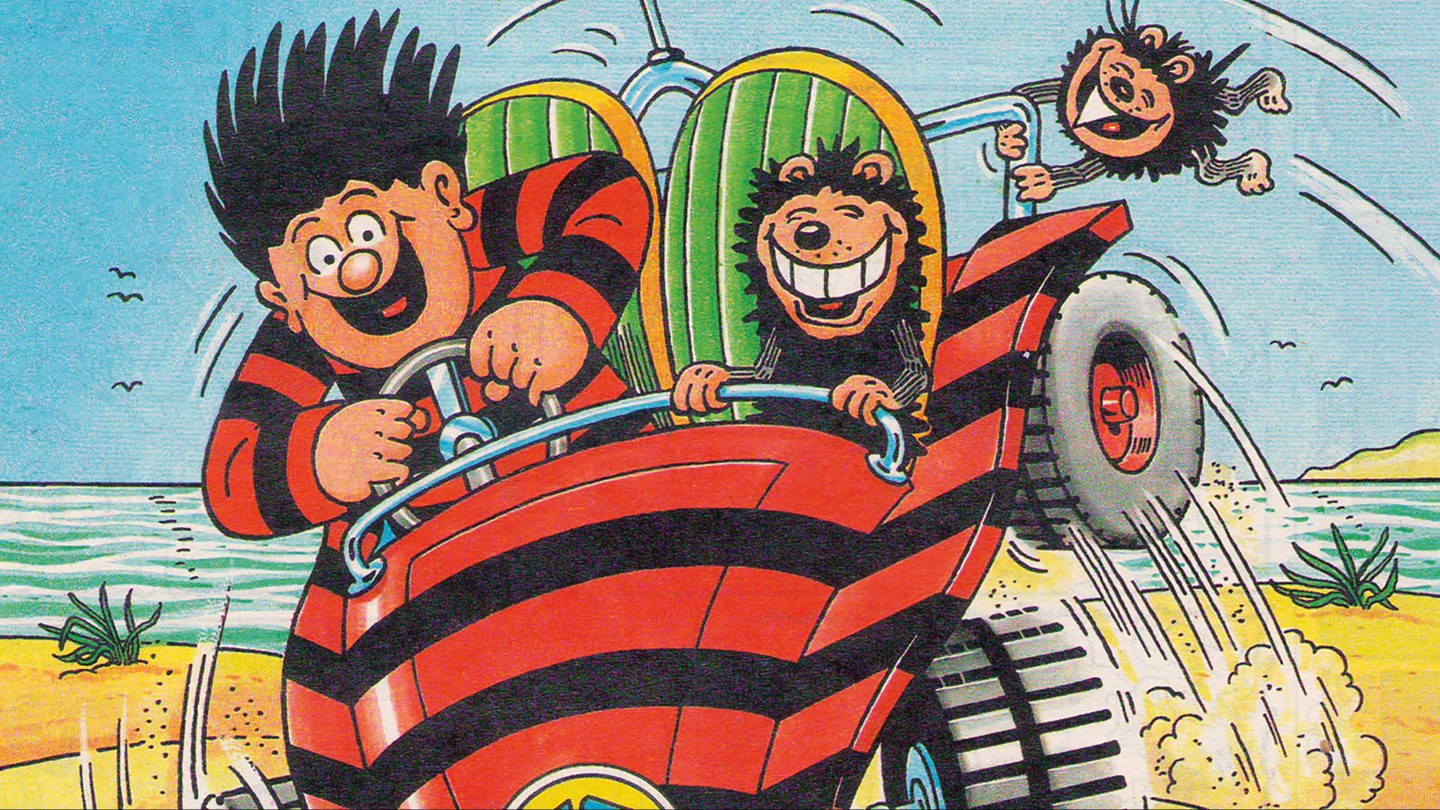
Roula Khalaf, Editor of the FT, selects her favourite stories in this weekly newsletter.
From pocket money essential to second-world-war propagandist, The Beano has been an icon of British childhoods for more than 80 years. First published in July 1938 by Scottish publishing house DC Thompson, the comic magazine’s riot of mischief and mayhem has a legion of fervent collectors and admirers: David Bowie selected it among his 100 favourite books, alongside Madame Bovary and The Iliad, while sculptor Phyllida Barlow, who represented Britain at the Venice Biennale in 2017, and Nick Park, Oscar-winning creator of Wallace and Gromit, cite it as inspiration.
Where superhero comics are all about defeating the bad guys and upholding the law, The Beano is about breaking the rules imaginatively, says Andy Holden, curator of an exhibition opening at Somerset House this month celebrating the comic’s anarchic spirit. Never have so many images of school dinners, catapults and go-karts appeared in one place, all in the magazine’s beautifully drawn yet drab suburban setting – which always seems to be on the brink of collapse.
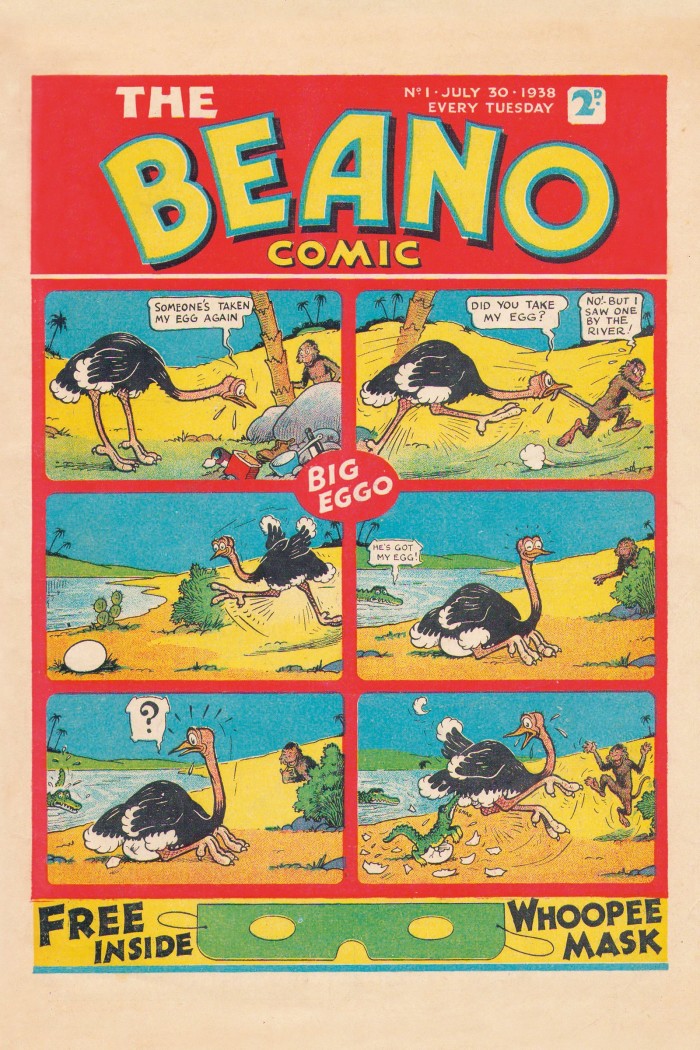
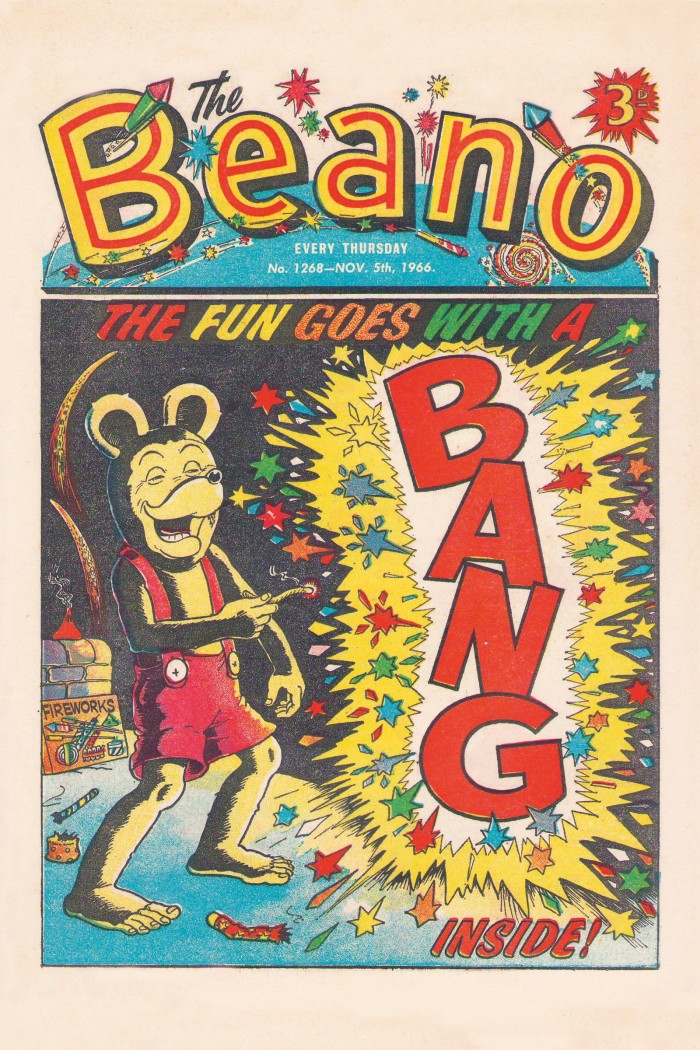
Rare issues of the comic and annual now command hundreds, occasionally thousands, of pounds, a decent return on a weekly that cost 2d at launch and didn’t change its cover price until 1960. Phil Shrimpton, of phil-comics.com, sold his copy of the first Beano annual “to fund a house extension”. He started collecting The Beano pre-internet, hunting in charity shops and car boot fairs to find back issues. “I took out a weekly subscription in 1991 when I was 10, but I was interested from the off in the old ones,” he says. It has taken him more than 15 years to amass his Beano book collection, and he fondly recalls once-a-year pilgrimages to Hay-on-Wye, the specialist secondhand bookshop Mecca.
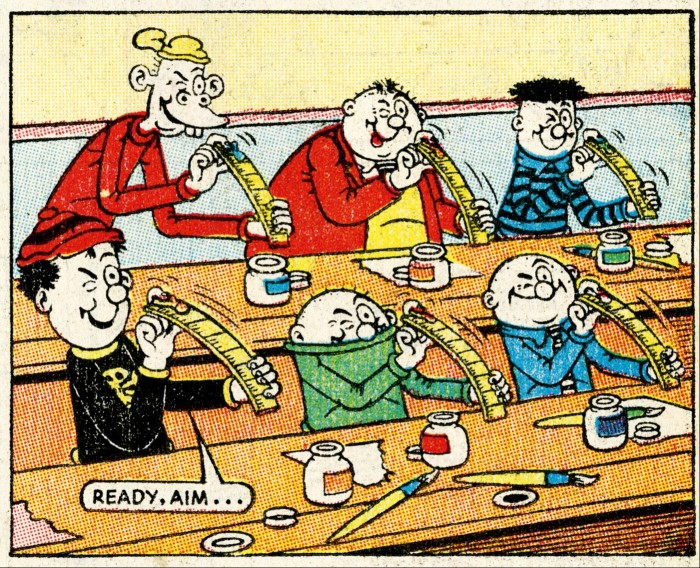
“The market is hot, and The Beano is the most collectible British comic, especially issues up to 1960,” says John Bullock-Anderson, valuer at Anderson & Garland auctioneers. “But good early Beanos are not easy to come by because most people who own them don’t want to sell them.”
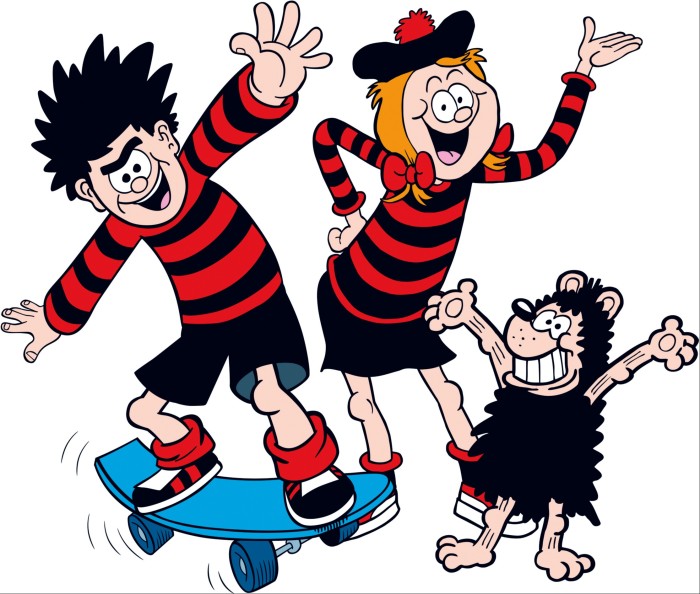
Where to buy
andersonandgarland.com (next comic auction is 10-11 November)
the-saleroom.com (next sale is in November)
Where to see
Beano: The Art of Breaking the Rules is at Somerset House from 21 October to 6 March, somersethouse.org.uk
What to read
The History of the Beano: The Story So Far by Morris Heggie and Christopher Riches
Yet this remains a market for collectors rather than investors, says Duncan McAlpine, who has published the Comic Book Price Guide since 1989. “The big market is in American superhero comics, largely fuelled by the Marvel Universe films,” he says. “In 1974 a collector called Theo Holstein made worldwide news by paying the princely sum of $1,800 for an Action Comics #1. What foresight – it’s now $3m.”
No Beano is worth one-hundredth as much, due in no small part to its massive circulation: its April 1950 issue sold nearly two million copies, ensuring supply largely matches demand. But some are still sought after. The first appearance of legendary characters, such as Minnie the Minx and the Bash Street Kids, can command prices of several hundreds of pounds. “Beano #452 was the first to feature Dennis the Menace [in 1951] and is hugely popular; that’s easily a £500 comic, or £1,000 if it’s in really good condition,” says McAlpine. A tatty copy is currently going for £400 on eBay.
Wartime propaganda issues are also keenly collected. Issue #135 from 1941, recently sold for £135, has the coverline, “LOOK INSIDE – AND SEE LORD SNOOTY JAPE THE NAZIS!” The Nazi high command was apparently so incensed that it threatened to bomb DC Thomson’s Dundee headquarters, says Malcolm Phillips of Comic Book Auctions. The Beano broke the fourth wall and addressed the threat directly. “Lord Snooty lifted the building with a couple of Spitfires and hid it in a forest. It’s hugely humorous and brilliant stuff,” laughs Phillips.
Phillips sold a #1 Beano – one of 25 in known existence – in particularly good condition for £17,300 in 2015, and reckons that it would fetch over £20,000 today. “Christmas, Easter, April Fool’s and fireworks issues also have a premium,” he says, as do a full year of copies (a set from 1958 sold for £3,050), and 1940 #1 Beano annuals (one just went for £4,265). Both were sold by Phillips via the-saleroom.com.
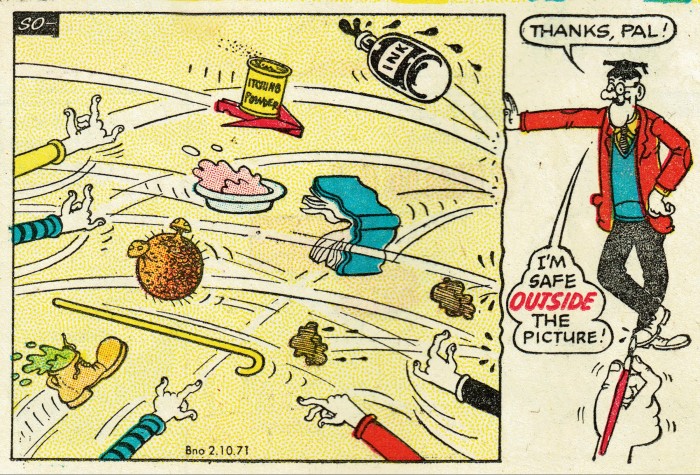
Mint copies can be difficult to find as Beanos are almost never submitted to the US practice of “slabbing” – having condition graded and authenticity verified before being entombed in plastic. So look out for tears, rusty staples and missing pages.
“You cannot beat the nostalgia of these comics if you want to buy back the innocence of youth,” says Phillips. Holden agrees; curating the collection for Somerset House has been a labour of love. “The Beano is tied into that time when you are going out into the world on your own,” he says. “It’s a bible of that time.”
Comments